Have you ever phoned someone in a different country?
If so, they might have been several hours ahead or behind the time it was where you were calling from.
A time zone is the local time of a region or country. There are different time zones around the world as the world does not experience the same time of day all at once.
This means some people start their day, week, or new year before the rest of us!
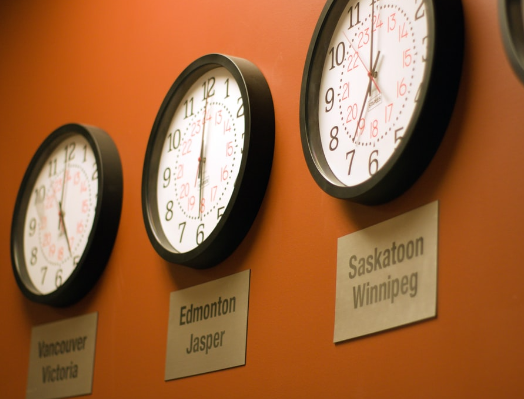
Why Do We Have Time Zones?
Our planet moves! The earth rotates on its axis and moves about 15 degrees every hour. After 24 hours (one day) it completes a full rotation.
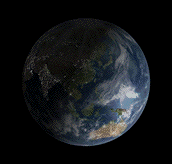
Communities used sun dials to track time before there were clocks. Time would vary significantly not only around the world, but even within a small community.
Imagine trying to catch a train on time!
Or organizing a meeting with people who all have a different idea of what time it is based on their sundial!
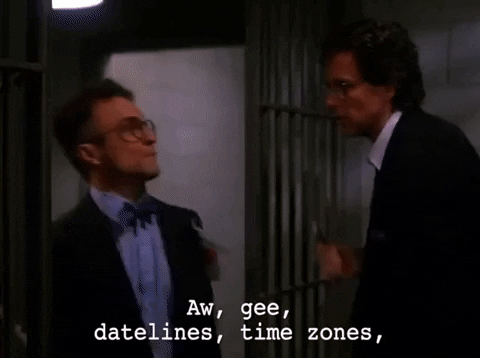
An increase in movement and communication around the globe in the 19th century created a need for a unified system to track time, so time zones were introduced.
Breaking Down The Zones
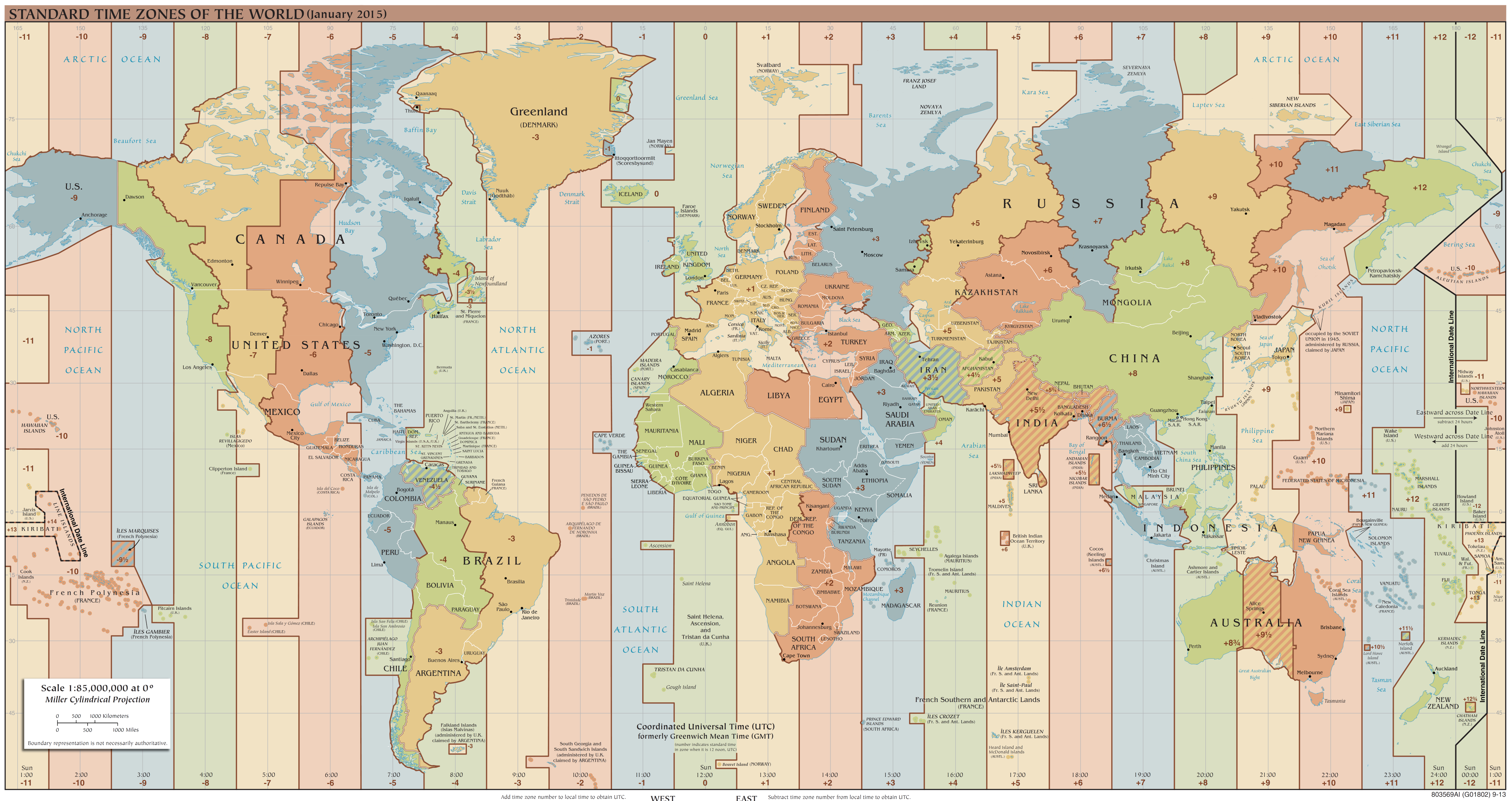 File:World Time Zones Map 1.png" by TimeZonesBoy is licensed under CC BY-SA 3.0
File:World Time Zones Map 1.png" by TimeZonesBoy is licensed under CC BY-SA 3.0
Imaginary lines divide time zones around the world.
The prime meridian that passes through Greenwich, London is the reference and other time zones are determined based their distance from this point.
Greenwich Mean Time (GMT) is the standard time zone.
Each 15 degrees of longitude west from this line is an hour earlier than GMT.
Each 15 degrees east is an hour later.
Having different time zones allows most people around the world to experience the sun during daytime hours.
This video provides a 3-D view of how time zones are broken down:
Quiz
Richard lives in Toronto, Canada. His friend Ilon moved to London, UK for a new job. They both work 9 AM-5 PM Mon-Fri. Ilon goes to bed by 11:30 PM on weeknights. London GMT is 5 hours ahead of Toronto EST. When should Richard call Ilon during the week?
Making Their Own Rules
Not every country chooses to follow the same time zone conventions!
China would have 5 different zones based on GMT.
Instead, China chooses to have one unified time for the entire country: Beijing time.
India used to have two time zones, Bombay Time and Calcutta Time.
Now India uses one time zone for the country, Indian Standard Time.
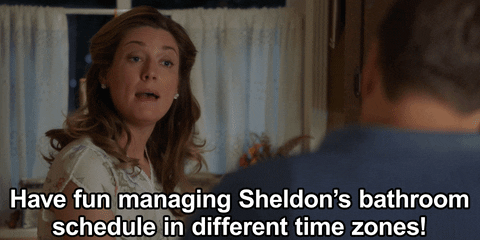
Daylight Savings Time
Do you experience days that get dark earlier during some months of the year, and longer days with more daylight during other months?
Some countries adjust their time by one hour twice a year to make better use of the sun during the day. This is called daylight savings time (DST).
In the spring, the clock is moved forward by an hour and in the fall, moved back an hour.
The term "spring forward, fall back" describes this change.
Take Action
Everyone experiences 24 hours in a day and 365 days each year, just at different times!
Time zones help us coordinate communities around the world to be productive, precise, and awake during daylight hours.
Your feedback matters to us.
This Byte helped me better understand the topic.
